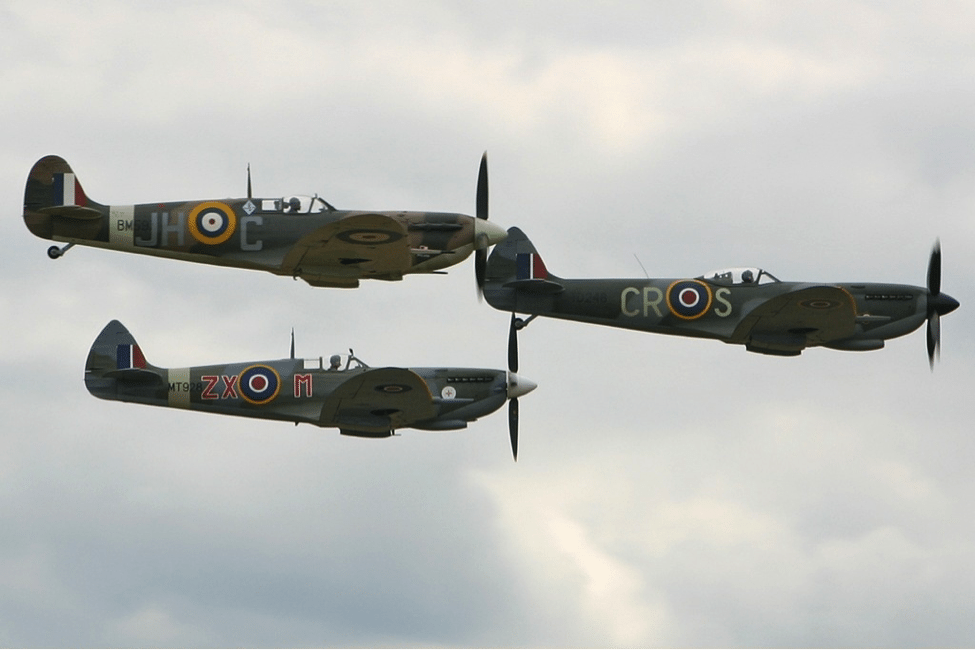Nothing Says Battle of Britain like the Supermarine Spitfire
Highlights of our Supermarine Spitfire story:
On March 5th 1936 at Eastleigh Aerodrome near Southampton, England, the prototype Supermarine Spitfire took to the skies for the first time. One of the most recognizable aircraft ever built and a favorite of warbird fans all over the world, the Supermarine Spitfire was one of the most important aircraft of World War II.
The more than 20,000 Supermarine Spitfires produced were used by 33 countries- some of them until the late 1950s. Because of its performance, versatility, and reliability the Spitfire was the only British fighter aircraft to be produced continuously before, during, and after the Second World War.
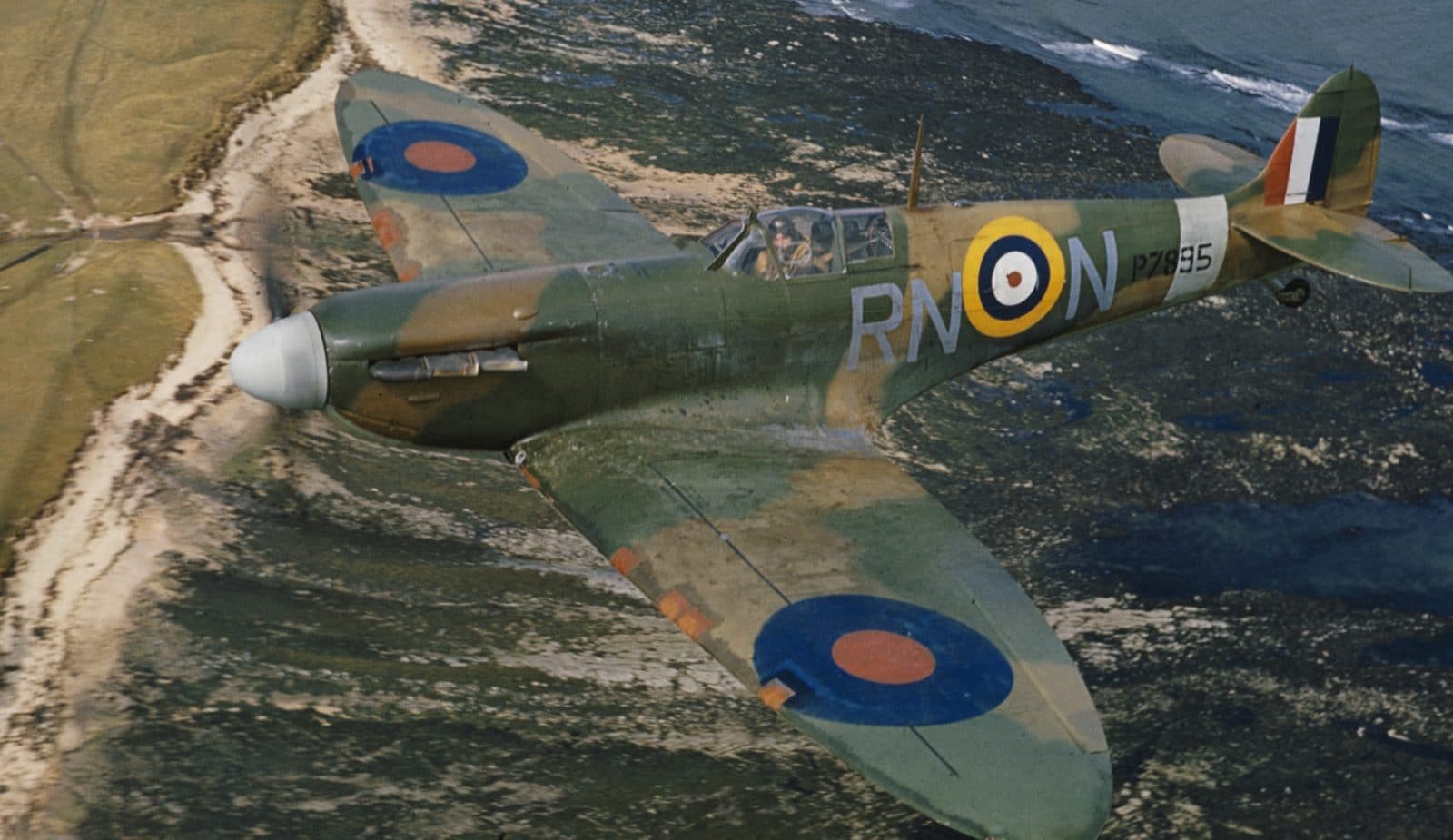
Those Wonderful Wings and Other Things
Supermarine designer R.J. Mitchell and his team applied their knowledge and experience with the Schneider Trophy-winning S5 and S6 seaplanes to create a design built around the Rolls-Royce Merlin engine and utilizing an elliptical wing shape.
The elliptical wing was a compromise between a thin, low drag wing and the requirement for being able to house weapons, fuel, and landing gear. It also became one of the most iconic wing planforms ever.

Good Things Come to Those Who Wait
The prototype, K5054, first flew only four months after the prototype Hawker Hurricane first flew. During subsequent test flights it was discovered that a few changes were necessary, which were incorporated into the first production version- the Spitfire Mark 1.
Although the Royal Air Force (RAF) had ordered more than 300 Mark 1 Spitfires on June 3rd 1936, it wasn’t until mid-1938 that the first of them (K9787) were delivered.

Overcoming a Slow Start
Production issues caused the delay and similar issues with contractors, production facility availability, and labor would affect production thereafter. Although it took some time to resolve the production problems, the rate of production eventually rose to 320 Spitfires per month. By the time production ended at the primary factory in June of 1945, they had built a total of 12,129 Spitfires (all Marks).
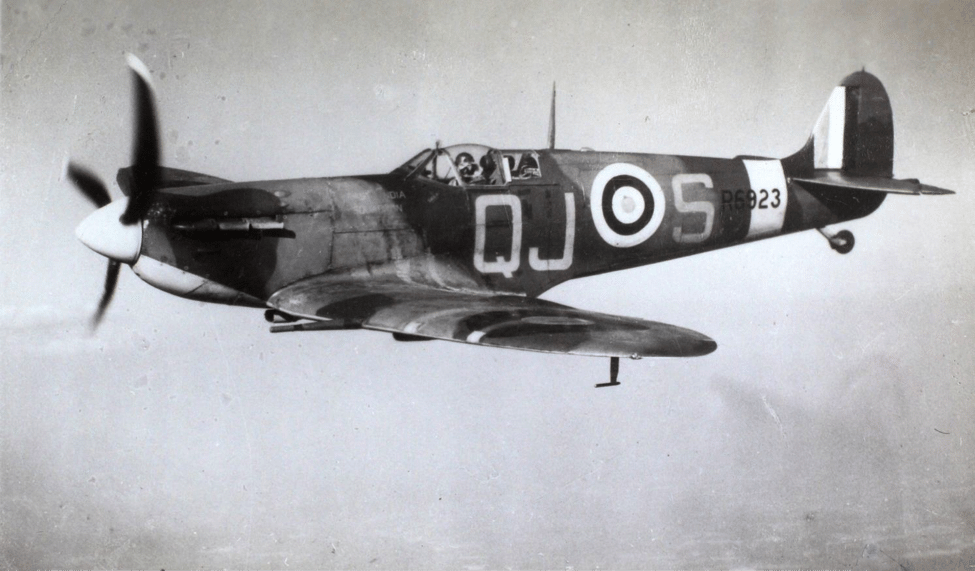
Distribution of Manufacturing
During the Battle of Britain (July 1940 to October 1940), The German Luftwaffe attempted to destroy the main Spitfire manufacturing plants. They eventually succeeded, but by that time the tooling and jigs had been dispersed and building Spitfires became sort of a cottage industry.
Components were manufactured in small shops and factories and then trucked to airfields for final assembly and flight testing before the RAF took delivery.

Convertible Wings
The Supermarine Spitfire’s calling card, those memorable elliptical wings, had detachable wing tips. It was not a complete wing redesign or factory modification to create the high-altitude fighter or clipped-wing versions of the Spitfire.
It was detaching the standard wingtips and replacing them with longer-span tips that gave the wings a more pointed appearance and added lift for improved high-altitude handling. Need a clipped wing Spitfire? Then just remove the standard wingtips and bolt on a fairing.
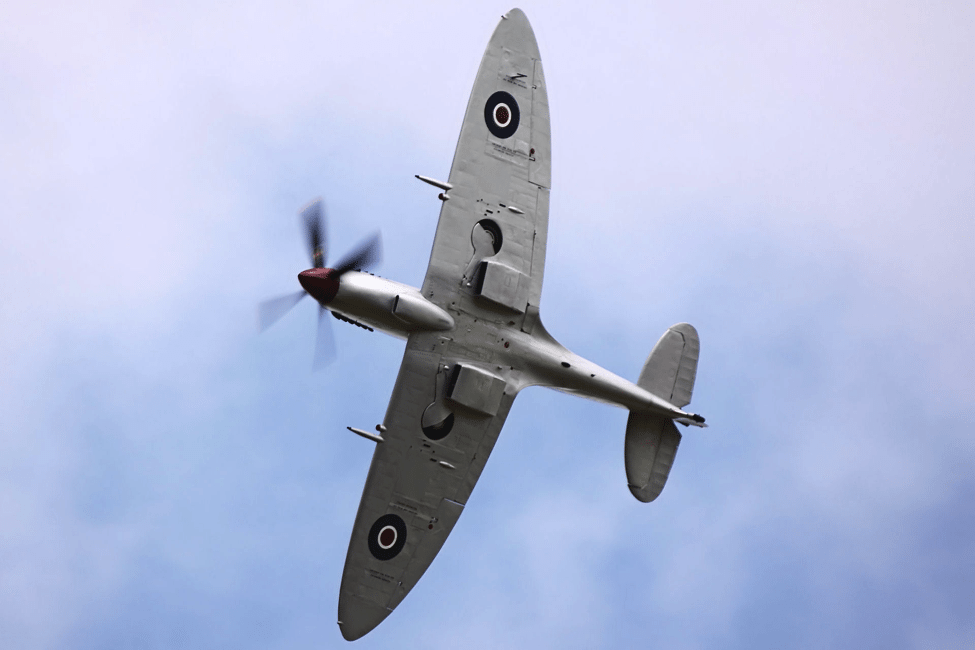
Elliptical Shapes
The wings of the Spitfire were not the only elliptic airfoils employed on the aircraft. The horizontal and vertical stabilizers were elliptic in shape as well. The size of both stabilizers increased as horsepower bolted to the firewall increased, but the distinctive elliptical shape remained throughout.
Supermarine Spitfire Into Service
The operational history of the Spitfire with the RAF started on August 4th 1938 when the first Mark I aircraft (K9789) entered service with 19 Squadron at RAF Duxford. Made famous during the Battle of Britain, the Spitfire never outnumbered the Hawker Hurricane during that most critical time in the war for the Brits. Hurricanes were primarily tasked with attacking the Luftwaffe bombers.
Spitfires achieved a higher kill ratio than the Hurricanes. Thanks to the Spitfire’s superior performance they went up against the German fighters more often than the bombers.
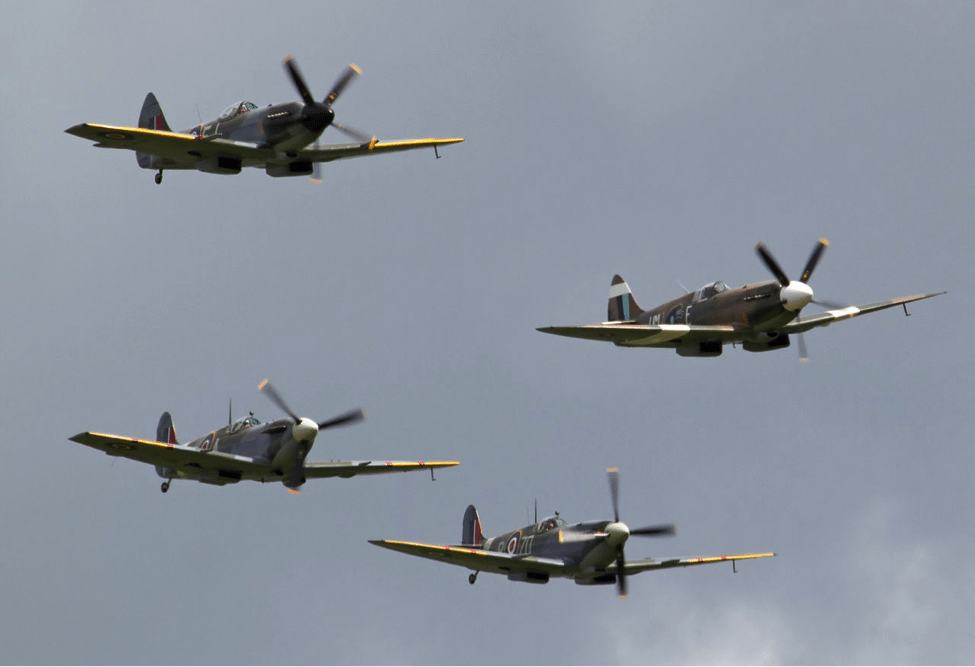
A Murder of Aces
The roll call of RAF and Commonwealth aces who flew Supermarine Spitfires is full of well-known pilots. James E. “Johnnie” Johnson flew nothing but Spitfires throughout the war and achieved 34 aerial victories, making him the top Spitfire ace.
Robert “Bob” Stanford Tuck shot down a total of 27 aircraft flew both Spitfires and Hurricanes, as did Douglas Bader, who scored 20 victories. Brendan “Paddy” Finucane scored all of his 28 kills in the Spitfire before he was lost in July of 1942.

Empire Aces
Commonwealth ace pilots who flew the Spitfire included George Beurling from Canada, who scored 31 and 1/3 victories. New Zealanders Colin Falkland Gray scored 27 kills and Alan Deere was victorious 17 times. Australian Hugo “Sinker” Armstrong tallied 12 kills before he was shot down on February 5th 1943.

Much More Than a Single Battle
Seeing combat in the Battle of Britain was only part of the Spitfire’s legacy. In the Mediterranean and in the North African deserts, Spitfires tangled with German and Italian foes. Credited with capturing the first photographs of the German Freya and Wurzburg guidance radar installations, and the German V weapons testing site at Peenemunde in Germany, PR Spitfires flew countless photographic reconnaissance missions deep into occupied Europe and Germany.

Red Star Spits
The Spitfire served on the Eastern Front and in the Far East as well. On the Eastern Front, the Soviet Air Force took delivery of nearly 1,000 Spitfires (all Marks). Used by the Soviets primarily in the interceptor role, their Spitfires performed in some of the most difficult weather conditions encountered anywhere during the war.
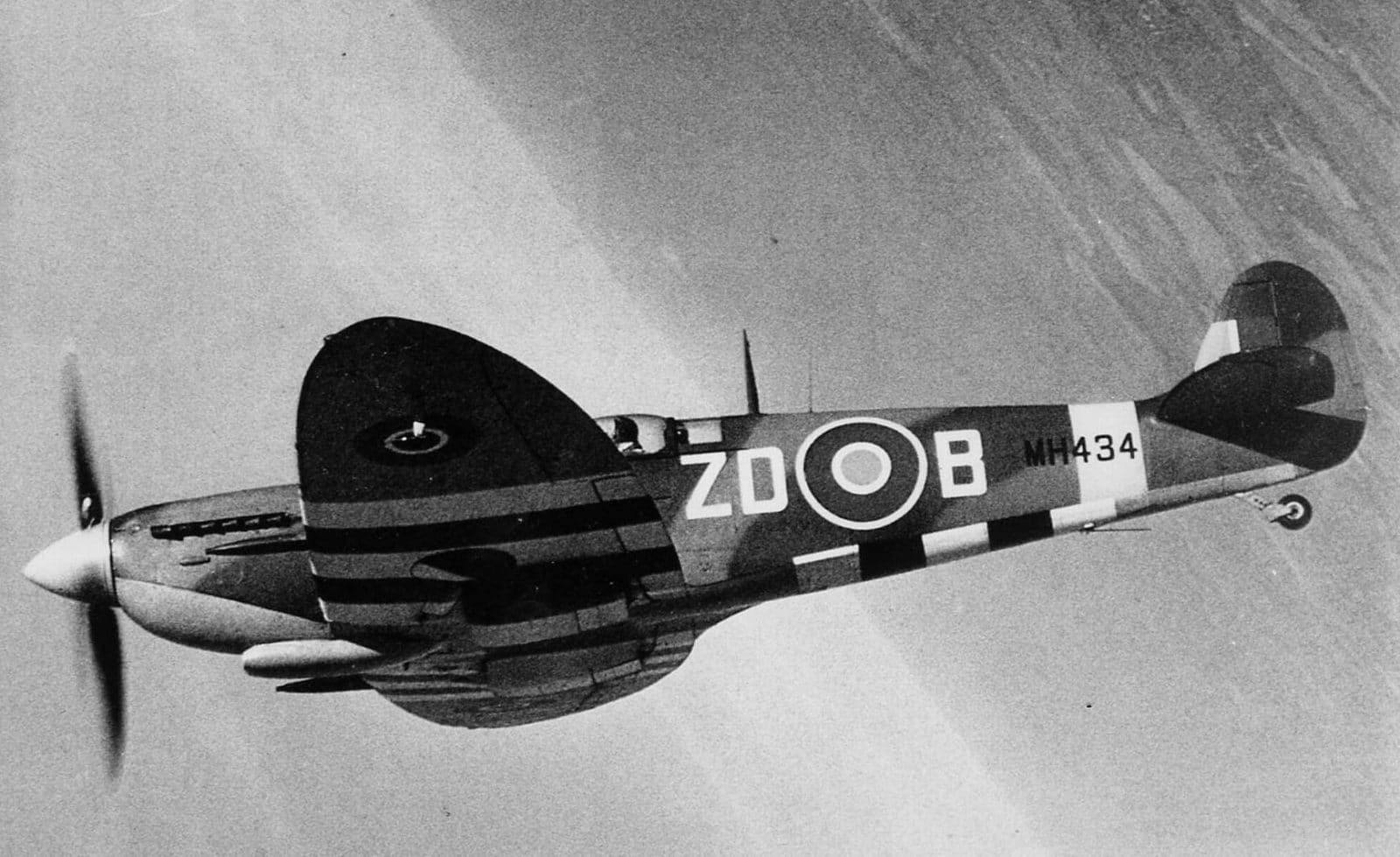
At War in the Pacific
The Supermarine Spitfire found itself at a disadvantage going up against the Japanese Mitsubishi A6M Zero in the Far East. Like so many other pilots tasked with tangling with the nimble little Japanese fighters, Royal Australian Air Force (RAAF), Royal New Zealand Air Force (RNZAF), and RAF Spitfire pilots took their lumps but quickly adopted the familiar “slash and run” tactic used by American fighters. In essence, the tactic called for diving attacks that took advantage of superior speed and diving capability.
Make one run on the enemy from above and exit quickly, then repeat as necessary. The Zero was a fine fighter, but it could not dive with the Spitfire, or with the American Grumman F4F Wildcat, F6F Hellcat, or Vought F4U Corsair either.